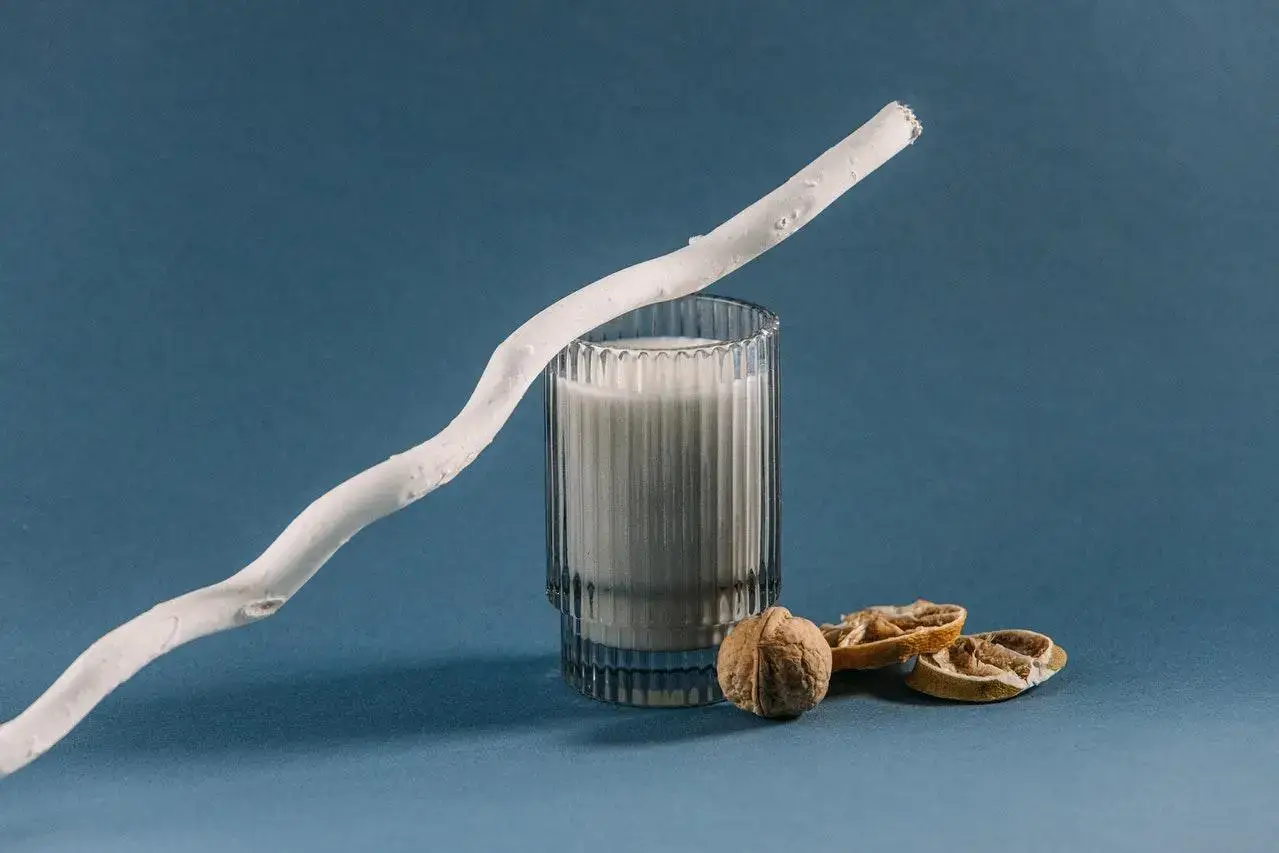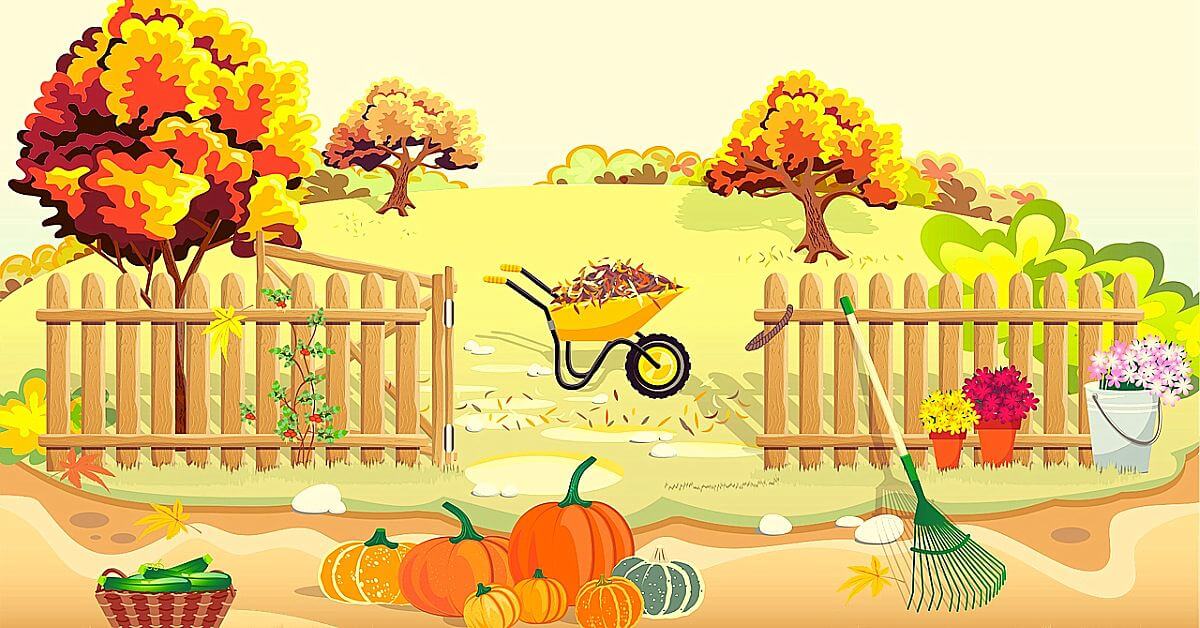The Benefits Of Kitchen Gardening. Is It a Natural Stress Reliever?
This blog post may contain affiliate links. If we find a product or service to be useful, we encourage you to visit the website via that link. If you make a purchase through our referral link, we may receive a commission. Rest assured, you will not be charged any additional fees. By using these links, you can support us while making your purchase. For more information visit here.
While cutting vegetables in the kitchen, you must have often thought that if this vegetable had grown in your courtyard, its freshness would have been different. Who does not like trees, plants, and greenery? But the problem is that most people in cities live in 2 BHK and 3 BHK flats only.
In such a situation, most people like to grow such plants on their balconies or terraces. These plants can be useful in their kitchen and increase the beauty of the kitchen garden. You must have heard many times about the benefits of kitchen gardening. Here we will discuss the benefits of kitchen gardening and some other interesting kinds of stuff.
Kitchen garden – a better way to keep healthy and brain peace sitting at home.
It can become an excellent hobby for anyone. People grow vegetables like tomatoes, coriander, and chili in their courtyard. Many people have a passion for growing different vegetables according to different seasons. Domestic women can create a kitchen garden as a hobby in their spare time. By the way, the kitchen garden has many advantages.
These include the proper use of open land, fresh vegetables throughout the year, excellent quality vegetables, nutrition, cheap, etc. It has many spiritual benefits that we often ignore. Every level of planting plants, weeding, irrigation, and horticulture teaches us the way to happiness and the value of time. Gardening or kitchen gardening is also essential for your mental health, and it is like meditation.
Spiritual Benefits of Kitchen Gardening
- Touch of Nature
- Satisfaction
- Positive effect on health
- Physical and mental benefits
- Realization of patience, peace, and beauty
Grow a kitchen garden like this:
Create a kitchen garden in the open ground in the courtyard or backyard. For this, loose soil, which contains a good amount of fiber, is suitable.
- Prepare the soil for planting on the ground with the cultivator machine.
- Many fertilizers are available, like organic, chemical, and inorganic fertilizers. Use organic manure.
- Sow the seeds of the vegetable you want to grow. You can sow the seeds of vegetables like radish, turnip, fenugreek, spinach, cucumber, bitter gourd, bottle gourd, and okra directly on the soil. But, you will have to plant tomato, chili, mint, etc.
- Take care of watering and fertilizer from time to time and protect the plants from weeds.

To make a terrace garden, waterproofing of the roof is essential with brick and mesh.
Suppose you are a working woman and like to spend peacefully after returning tired from the office. So, if you want an open atmosphere like a restaurant or park, the terrace garden is a good option.
Working people rarely go anywhere because of the lack of time, so why not create a terrace garden by spending a little? Terrace gardening is very popular nowadays. On the roof of your house, you can make it green and fragrant, and its cost is not too much. This corner of your home will give you many comforts. You can make your garden from these steps:
1. Plan first
First, plan how you see your roof. If there is no problem with space and money, you can make your terrace garden beautiful using many goods like rocks, water fountains, and other things.
2. Prepare compost for protection from pests
Regularly use fertilizer for 15 to 30 days. Use herbal neem oil (Azadirachta indica) regularly for two to three months to remove insects.
3. Prepare a waterproof floor
Before you prepare your garden, be ready to make your roof waterproof. Your roof floor will work as the base of your garden. You can’t put soil directly on your top to grow plants.
- As a first step, place the paved brick on the roof since the raw brick melts and impedes clearance. After that, put wire mesh on it.
- It prevents your soil from entering the bricks. It will not spoil the roof and increase the greenery on the top.
4. Create a drainage system
The second important thing is to take care of the clearance or drainage system. This facility should be available on the terrace. If there was no evacuation of water, it could harm your building.
5. Water the plants regularly
Check the plants before watering. Water the plants every morning and keep them near the sunlight. If the pot’s soil is wet, do not give water as more water seems to rot. But, when you notice plants are drying or yellowish, keep them within the house for the day.
Tips to prepare fertilizers for a kitchen garden and their benefits
Just as food is essential for creature survival, plants also need nutrients for growth and production. Plant growth stops without these nutrients, and yields get reduced. What are compost types and how to prepare them?
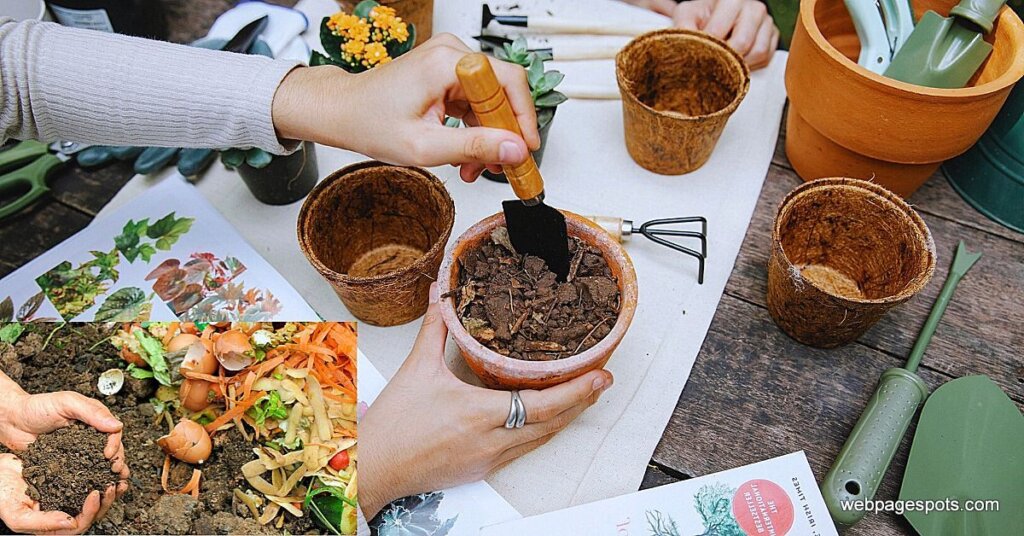
Compost fertilizer
You can make compost manure from home, kitchen, and garden waste. Dump leaves, twigs, plant residues, stubs, roots, fruits, and vegetables in a pit ready for compost and closed, turning them into rotting manure.
Manure fertilizer
You can prepare it with the rotten dung of cattle, sheep, goats, horses or chickens, etc. It is a complete fertilizer, in which bacteria are abundant and nitrogenous. The above dung, however, should not be used fresh, since it can kill plants and cause termite infestations.
Leaf manure or leaf mold
Leaves fall in large quantities from the surrounding trees in spring. You can prepare leaf compost by collecting leaves and rotten plants or grasses grown in the garden. This manure is rich in organic matter, i.e., rich in nutrients. Very useful for making pot clay.
Bone manure
It is a slow-acting manure containing 4% to 5% nitrogen and 20-25% phosphorus. It is an excellent compost for delicate and slow-growing plants.
Khali manure
As slurry, you can apply Khali manure to plants. Thaw 250 grams of mustard cake in 2 liters of water. After five days, pour the cake solution into the plants’ roots. It will improve the plants’ growth.
Fertilizer is also Essential
To improve soil fertility and increase productivity, you can use fertilizer. It contains many nutrients for plants like nitrogen, phosphorus, potassium, etc. Adding this helps the plants to grow well and keep them healthy. You can add it to your home garden and plants.
Nitrogen Fertilizers
These are helpful in the growth of green parts of plants and in pulverizing vegetables such as urea.
Phosphorus Fertilizers
These aid in root growth, disease resistance, tuber and pod formation, quality improvement, and maturation such as superphosphate.
Potash
This fertilizer (potassium sulfate and muriate of potash) is essential for underground plants or crops.
You can grow money plants in soil or water. Follow these tips.
The money plant’s name comes first when planting a plant in a room or garden of homes. Many people believe that growing it brings money. Although, this is a proverb. But, money plant enhances the house’s beauty and purify the air. There are many money plants, like light-colored colors, small leaves, and big leaves. The funny thing is that you can grow the money plant in soil and water. So let’s know, putting the money plants.
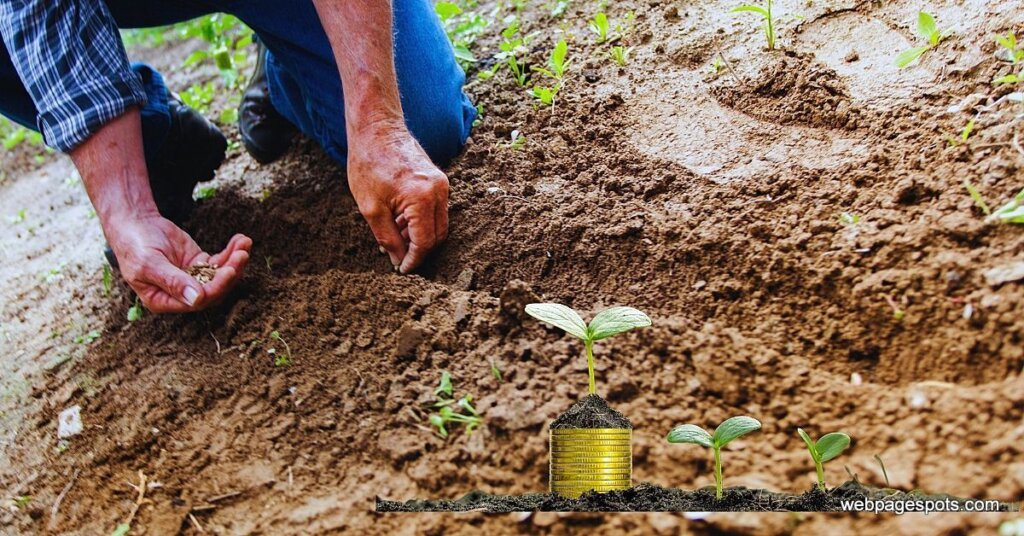
What are the requirements?
- Money plant cutting, in which there are at least three-four nodes,
- Planter/flowerpot
- Clay or water
In this way, set up a money plant in water.
- Keep in mind that there should be at least 3-4 nodes and leaves while cutting the money plant.
- This cutting should be completely fresh. It’s not dry or alley from anywhere.
- Now take a planter. You can take a glass bottle, an old mug, or a stone pot without a hole.
- Take so much water in the planter that only the lower part will remain in the water after applying the cuttings to it. Protect the leaf from moisture.
- The water should not be salty. Clean and use salt water with standard filters.
- After taking water, apply cuttings and keep them in a place with fresh air.
- Keep in mind that there should not be direct sunlight.
- You can place it near the window, the stairs, or the balcony.
- Change water at least 2-3 times a week.
- Roots will form in these cuttings in about a week.
In 10-12 days, these cuttings will start taking the form of plants.
Employ money plants like this in the soil
- Although you can plant money plants in any season, avoid planting them in very winter or sweltering summer. The best temperature for this is above 20 degrees and below 35 degrees.
- First, prepare a potting mix that mixes cocopeat and compost with the soil.
- You can make a hole in the pot below. Or can also use a hole-less pool.
- For soil, it is necessary to have at least 3-4 nodes and leaves in the money plant’s cutting.
- Now press the part of the nodes into the soil and the leaf part upwards.
- Only give water so that the soil becomes wet.
- Do not keep this money plant in direct sunlight.
Giving only enough water from time to time to keep the soil moist does not fill too much. In about 20 days, cuttings of the money plant will start making plants.
Keep in mind this
- Regularly change the water in the water plant.
- If a dry leaf looks, then you cut it immediately.
- Keep cutting and regularly pruning the plant.
- In between, keep giving some manure to the money plant.
These vegetables grow in the kitchen garden without any remarkable hard work.
Many people will have things to plant vegetables in their homes. Earlier people used to grow many green vegetables in their homes. Villages are still farming, but finding vacant land in front of and behind houses in urban dwellings has become challenging. After the parenting system, this tradition has almost broken. I am going to talk about some vegetables, which you can grow in your gardens. These are the benefits of kitchen gardening.
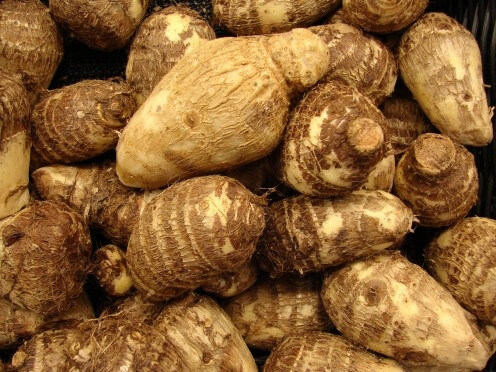
Vegetables of Arum, greens, and dumplings from the leaves.
Arum is easy to grow. If the pots are at your house, it’s okay. Otherwise, fill the soil in waste plastic buckets, tubs, cans, old tires, or empty drums. All that has to be done for sowing is to buy arum from the market. Cut it or apply a small size of arum directly to the soil.
You will see arum plants coming out in some time or a month. You can make greens and dumplings from the leaves as they grow. It prepared arum under the soil after the plant gets ready. Arum contains vitamins (A, C, E, B-6), minerals, fiber, and carbohydrates in a good deal.
Make sauce with mint, and garnish the food as well.
Mint sauce is very much liked in food. If one adds peppermint to the food garnishing, its aroma increases the appetite. The remarkable thing is that you can bolt it in your home. Whenever you bring mint from the market next time, take out its leaves and put the stalks in the pot. Apply seven to eight stalks at a time so that one takes root. It will make the new plant easily prepared.
Sauce with green coriander to enhance the taste.
Some people have a practice of putting green coriander leaves everywhere in their food. From cheese to dry vegetables, people finally sprinkle some chopped green coriander. It is easy to grow in your kitchen garden. If you have coriander seeds, then put them in your home pots. Usually, its plants come out. Then, make coriander sauce and serve.

Make sauce with green onions and increase the flavor of the food.
People add spices to many vegetables by grinding or chopping green onions. It increases the vegetable’s flavor. Also, some people make sauce from it. Not only this, green onions are rich in vitamins A, C, and B, copper, magnesium, potassium, manganese, and thiamine.
The most attractive thing is that growing green onions is extremely easy. The next time that onion you keep in your house sprouts put it in a pot instead of throwing it in the garbage. After regular watering for six to seven days, its leaves become pliable. Many people are now experimenting with growing chilies, tomatoes, gourds, and luffa in pots at home in their kitchen garden.
I’ll pause it here. Instead of these, kitchen gardening has many other benefits. Was it helpful to you? If you liked this post, please tell us. Thank you for reading this. You may send us your suggestions or experiences as comments, and we will be delighted to hear from you.
Understanding the importance of copyright law is absolutely vital, as it strictly prohibits any reproduction or replication of works without the explicit permission of the author. Any unauthorized duplication of content will lead to legal action for copyright infringement under Section 14 of the Copyright Act.








